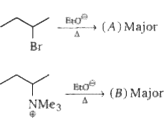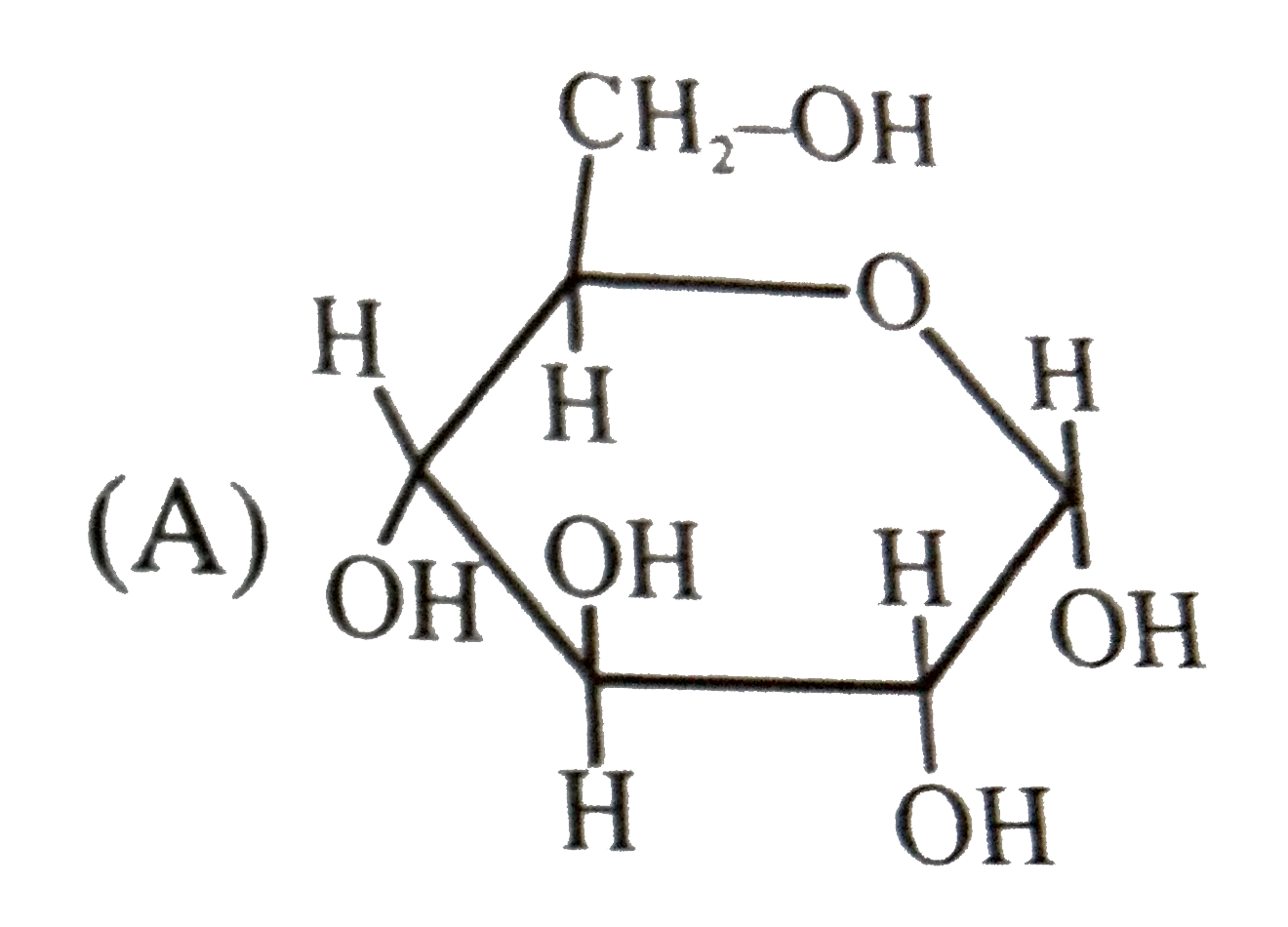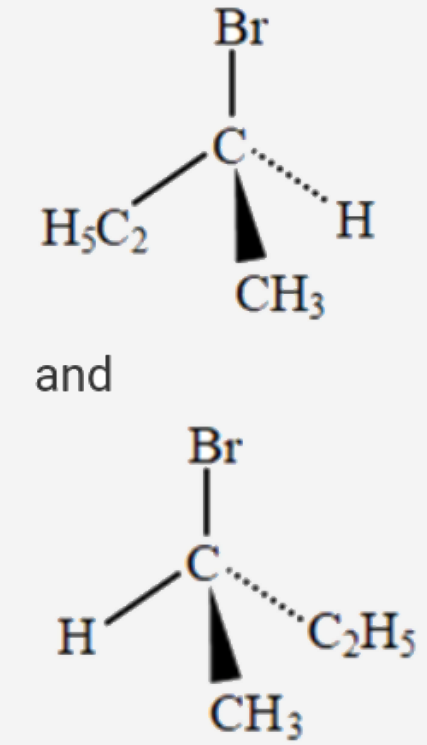Relation between Ethyl benzenecarboxylate and phenyl propanoate is:
Metamers
Functional isomers
Chain isomers
Homologues
The correct Answer is:A
To determine the relationship between ethyl benzenecarboxylate and phenyl propanoate, we can follow these steps:
Step 1: Identify the Structures
- Ethyl benzenecarboxylate has the structure:
- Ethyl group (C2H5) attached to a benzenecarboxylate group (C6H5COO).
- The structure can be represented as:
C6H5COO−C2H5
- Phenyl propanoate has the structure:
- Phenyl group (C6H5) attached to a propanoate group (C2H5COO).
- The structure can be represented as:
C6H5COO−CH2−CH3
Step 2: Analyze the Functional Groups
- Both compounds contain the same functional group, which is the carboxylate group (C=O and COO).
- The difference lies in the alkyl groups attached to the functional group:
- Ethyl benzenecarboxylate has an ethyl group (C2H5).
- Phenyl propanoate has a phenyl group (C6H5).
Step 3: Determine the Type of Isomerism
- Since both compounds have the same functional group but different alkyl groups, they are classified as metamers.
- Metamers are isomers that have the same functional group but differ in the alkyl groups attached to it.
Step 4: Verify Other Options
- Functional isomers: Different functional groups but same molecular formula. This does not apply here.
- Chain isomers: Different arrangements of carbon chains. This is not applicable as both have the same functional group.
- Homologous series: A series of compounds differing by a CH2 unit. This does not apply here either.
Conclusion
The relationship between ethyl benzenecarboxylate and phenyl propanoate is that they are metamers.
---
- Ethyl benzenecarboxylate has the structure:
- Ethyl group (C2H5) attached to a benzenecarboxylate group (C6H5COO).
- The structure can be represented as:
C6H5COO−C2H5
- Phenyl propanoate has the structure:
- Phenyl group (C6H5) attached to a propanoate group (C2H5COO).
- The structure can be represented as:
C6H5COO−CH2−CH3
- Both compounds contain the same functional group, which is the carboxylate group (C=O and COO).
- The difference lies in the alkyl groups attached to the functional group:
- Ethyl benzenecarboxylate has an ethyl group (C2H5).
- Phenyl propanoate has a phenyl group (C6H5).
- Since both compounds have the same functional group but different alkyl groups, they are classified as metamers.
- Metamers are isomers that have the same functional group but differ in the alkyl groups attached to it.
- Functional isomers: Different functional groups but same molecular formula. This does not apply here.
- Chain isomers: Different arrangements of carbon chains. This is not applicable as both have the same functional group.
- Homologous series: A series of compounds differing by a CH2 unit. This does not apply here either.
The relationship between ethyl benzenecarboxylate and phenyl propanoate is that they are metamers.
Topper's Solved these Questions
- BOOK - RESONANCE ENGLISHCHAPTER - IUPAC NOMENCLATURE & STRUCTURAL ISOMERISM EXERCISE - Advanced Level Problems Part-2 : Practice test-221videos
IUPAC NOMENCLATURE & STRUCTURAL ISOMERISM
- BOOK - RESONANCE ENGLISHCHAPTER - IUPAC NOMENCLATURE & STRUCTURAL ISOMERISM EXERCISE - Advanced Level Problems Part-318videos
IUPAC NOMENCLATURE & STRUCTURAL ISOMERISM
- BOOK - RESONANCE ENGLISHCHAPTER - IUPAC NOMENCLATURE & STRUCTURAL ISOMERISM EXERCISE - Exercise-3 Part-28videos
IUPAC NOMENCLATURE & STRUCTURAL ISOMERISM
- BOOK - RESONANCE ENGLISHCHAPTER - IONIC EQUILIBRIUMEXERCISE - partIII one or more than one options correct type10videos
IONIC EQUILIBRIUM
- BOOK - RESONANCE ENGLISHCHAPTER - METALLURGYEXERCISE - ORGANIC CHEMISTRY(Alkyl Halide, Alcohol,Phenol,Ether)17videos
METALLURGY
Similar Questions
Knowledge Check
- Question 1 - Select One
 Relation between (A) & (B) is: AIdenticalBFunctional isomerCHomologousDPositional isomers
Relation between (A) & (B) is: AIdenticalBFunctional isomerCHomologousDPositional isomers - Question 2 - Select One

Relation between (X) and (Y) is :AenantiomersBdiastereomersCE and Z isomerDconstitutional isomer - Question 3 - Select One

Relation between (A) and (B) is :AG.IBPositional isomerCEnantiomerDChain isomer


_S01_028_Q01.png)



